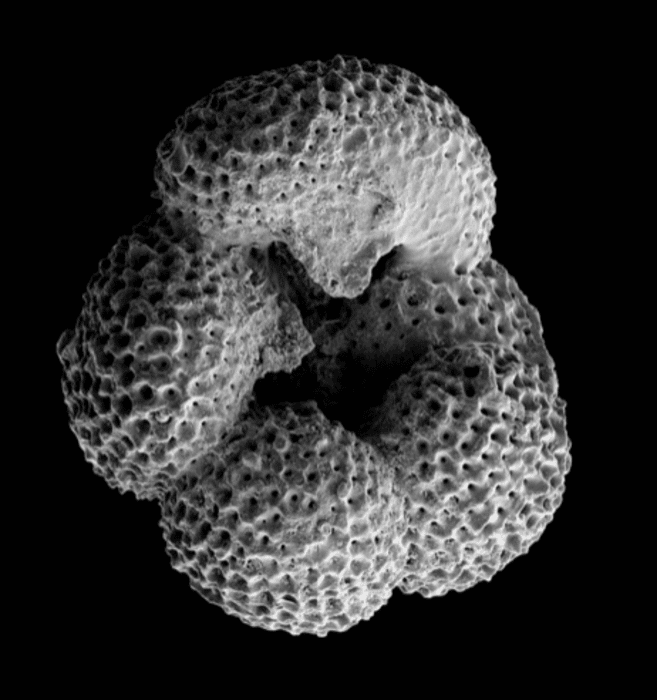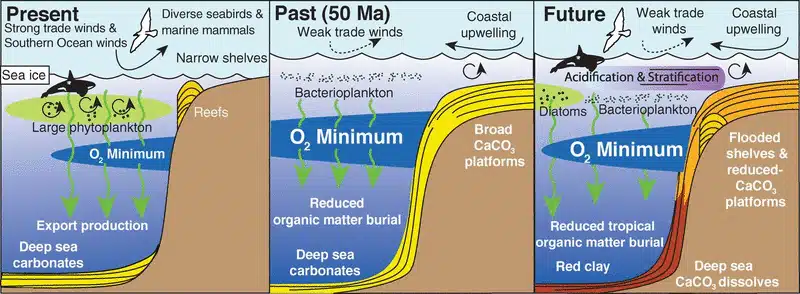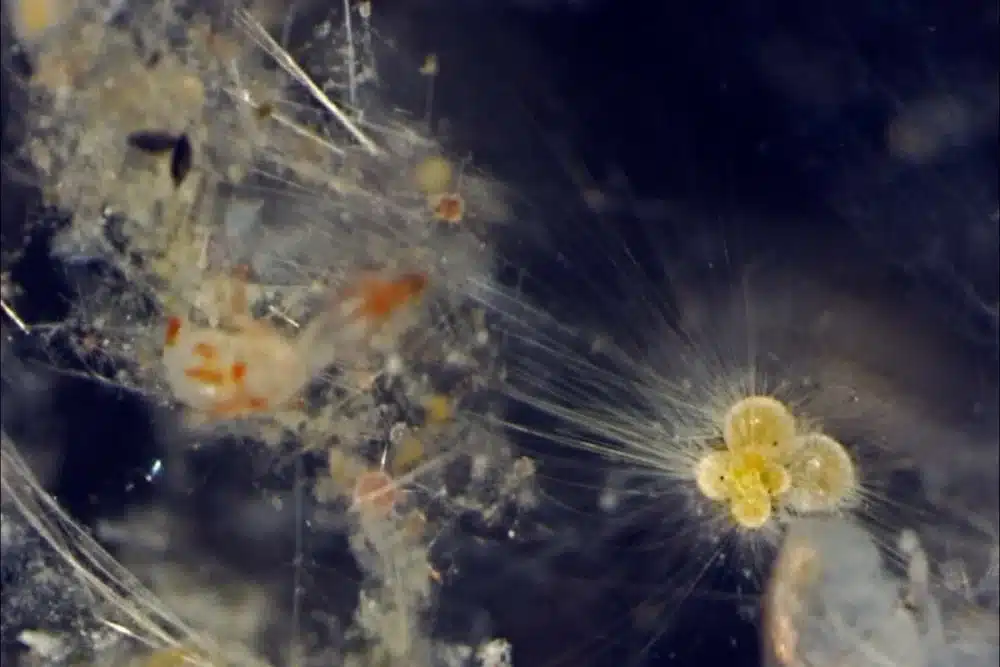Due to human-caused climate change, the geographic ranges of marine creatures, such as planktonic foraminifera1, diatoms, dinoflagellates 2, copepods 3, and fish 4, are shifting polewards. However, it is unknown how far species may migrate and whether these adjustments in range towards the poles are forerunner signs of extinction6. Contextualizing these contemporary trends requires an understanding of how patterns of marine biodiversity have evolved throughout geological time and the variables that affect those patterns.

A comprehensive and phylogenetically resolved dataset is provided by the fossil record of macroperforate planktonic foraminifera, offering one-of-a-kind chances to comprehend the dynamics of marine biogeography and how species distributions have changed in response to historical climatic shifts.
Here, we use Triton, a recently created high-resolution worldwide dataset of planktonic foraminiferal occurrences7, to assess group diversity, latitudinal specialisation, and latitudinal equitability for planktonic foraminifera during the past eight million years.
The findings show a global, clade-wide shift in ecological and morphological community equitability towards the equator over the last eight million years as a result of temperature shifts during the building of the late Cenozoic bipolar ice sheet.

The Triton data as a whole show that there is a latitudinal equity gradient among planktonic foraminiferal functional groupings that is only connected to the latitudinal biodiversity gradient over the geologically recent past (the past two million years).
Prior to this, greater latitudes appeared to enhance community equity across ecological and morphological groupings, according to latitudinal equitability gradients. Even under the most conservative future global warming scenarios, the observed range changes of marine planktonic microorganisms1,2,8 in the recent and geological past show substantial poleward expansion of marine communities.
ALSO READ THIS: BP will pay $1.3 billion to acquire TravelCenters of America.

